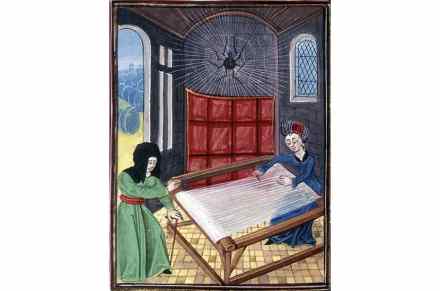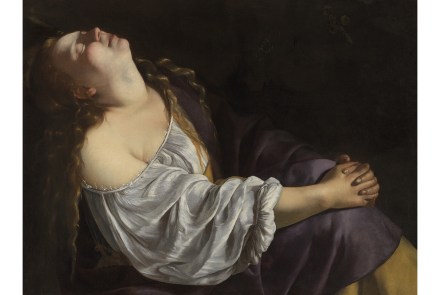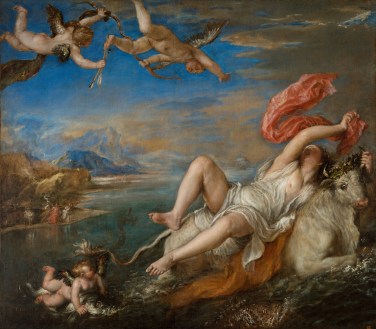A story of women and weaving – a new retelling of the Greek myths
What are myths for? Do they lend meaning and value to this quintessence of dust? Like religion, perhaps they help us battle through. In weighing this issue, Charlotte Higgins demonstrates again why the Greek variety have never lessened their grip on the western imagination. She structures her material around eight women — Athena, Alcithoë, Philomela, Arachne, Andromache, Helen, Circe and Penelope — and in particular around the scenes they weave. ‘I wanted the form of my chosen stories to be expressive in itself,’ she writes in the introduction. And it is. She draws in particular on the rich visual culture that has survived in ceramics, sculpture and frescoes. She also




